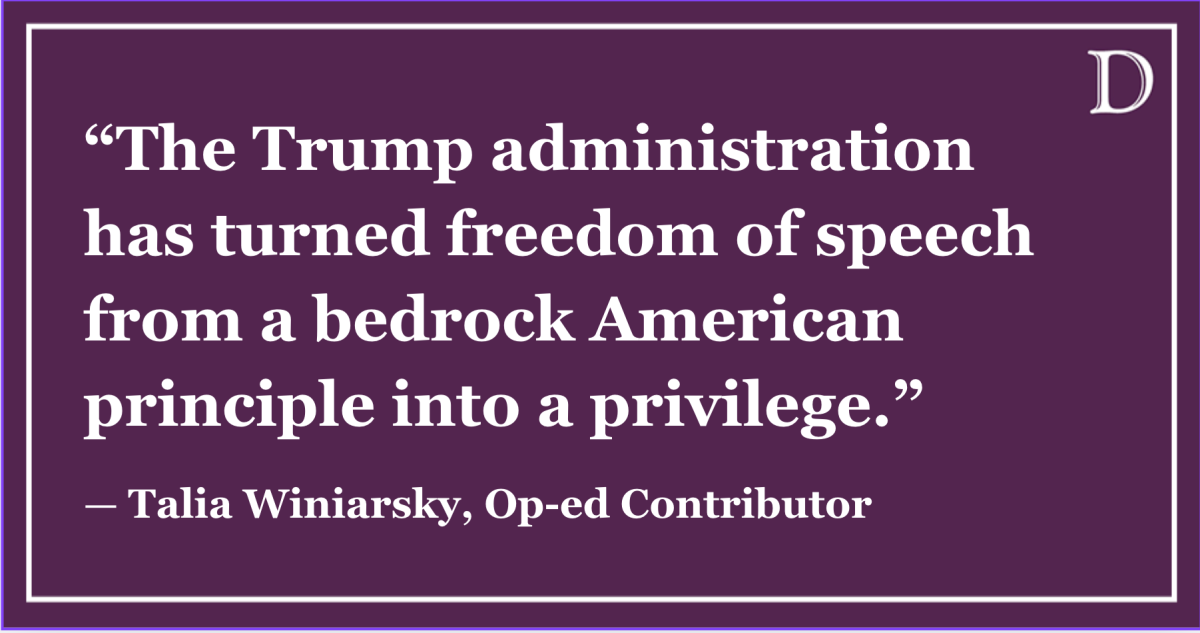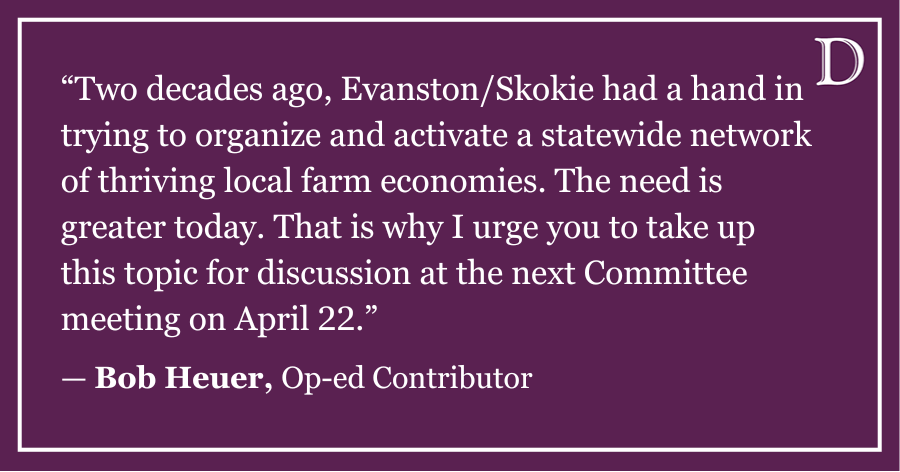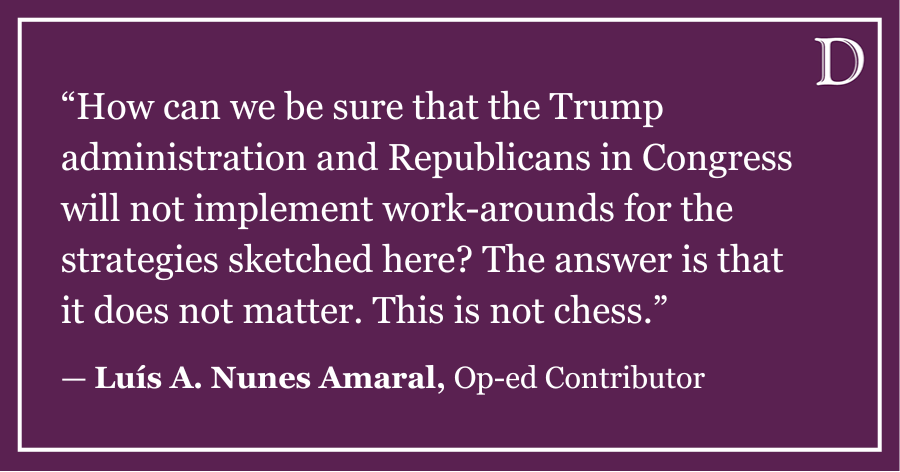Approximately 86 percent of the U.S. approves of interracial marriages, according to a Gallup poll taken this fall. I find this number quite surprising because it seems much lower than what I’ve personally experienced.
For two years, with a few breaks in between, I’ve been in a relationship with a guy from Germany. He’s got blond hair, blue eyes and his r’s are barely noticeable when he speaks English. His grandfather was even a prisoner of war after World War II. You can’t get any more German than that. I, on the other hand, am obviously Asian (see photo), Korean to be exact (see byline).
We’ve had our relationship from Australia to the U.S. to Europe and nowhere have I been made uncomfortable about our racial differences. In fact, I never think of our relationship as an interracial one unless people ask me how my Asian parents deal with a white boyfriend in their household. And in such cases all interest is purely curious, never critical or skeptical.
However, this makes sense in light of the fact that among interracial newlyweds, Asian-white couples are among the most common at 15 percent, the highest percentage being 41 percent for Hispanic-white couples. Black-white couples continue to be the rarest in the study at 11 percent, which may explain the ongoing highly visible criticism regarding black-white couples in the news.
When supermodel Heidi Klum and recording artist Seal got married, racist comments were made about their relationship and biracial children. Reality TV persona Kendra Wilkinson’s marriage to athlete Hank Baskett elicited similar remarks. On the other hand, other couples are testament to the fact that race may gradually be becoming irrelevant in relationships.
For instance, not many realize that Kim Kardashian and Kris Humphries’s relationship is interracial, as Mr. Humphries is half black and Kim is Armenian, considered ethnic by some groups. Perhaps thanks to the insurmountable fanfare surrounding their very expensive, very publicized wedding and subsequent divorce filing, racial comments have largely been left out of the picture.
Similarly, recent news of Asian-American actress Brenda Song’s engagement to Miley Cyrus’s brother Trace Cyrus has yet to stir similar comments, but given the family of the soon-to-be husband, they should expect a different type of jeering.
Certain negative criticisms aside, interracial marriages in the U.S. continue to rise, from less than 1 percent in 1960 to 7.6 percent in 2008. By 2050, experts predict the number will jump to about 20 percent.
Evidence of these rising numbers can be found simply by observing the Northwestern campus, where, like the rest of the world, interracial relationships break down social barriers and create new communities of mutual respect. Indian-white, Asian-Hispanic, black-white – I’ve seen various combinations holding hands across campus.
When my boyfriend visits me, I often take him to the Asian-invaded restaurant Kansaku, where rumor has it only Koreans can get into its after-hours lounge. And he loves it, being immersed in a group of people so different from his own.
He’s told me more than once that sometimes he wishes he were Korean, usually after witnessing a drinking game. Likewise, because of our relationship, I’ve had the chance to live like a “real” German when I visit him in his hometown in northwestern Germany, sampling the strange drink mixtures (Cola and orange soda anyone?) favored by Germans, and on a more serious note, being able to perceive the aftermath of the Holocaust and World War II from the viewpoint of a former Nazi soldier’s family. Such an intimate experience would not have been possible from a study abroad trip or group tour.
I realize that not everyone can be involved in an interracial, much less international, relationship. Still, we can take heart that more and more interracial relationships, not just romantic ones, are on the rise, showing our increasing acceptance of differing races and customs.
From Angelina Jolie and Brad Pitt’s multiracial brood to Colombian Gloria and American Jay in the hit sitcom Modern Family, we are becoming an increasingly colorblind world. Do I even need to mention our president?
Maybe it’s time the out-of-touch 14 percent of the population should take a hint and join the rest of society in realizing that there are a lot of valuable things to learn from our relationships with people of other colors and cultures.
Yoonj Kim is a Medill junior. She can be reached at Yoonjukim2013@u.northwestern.edu






